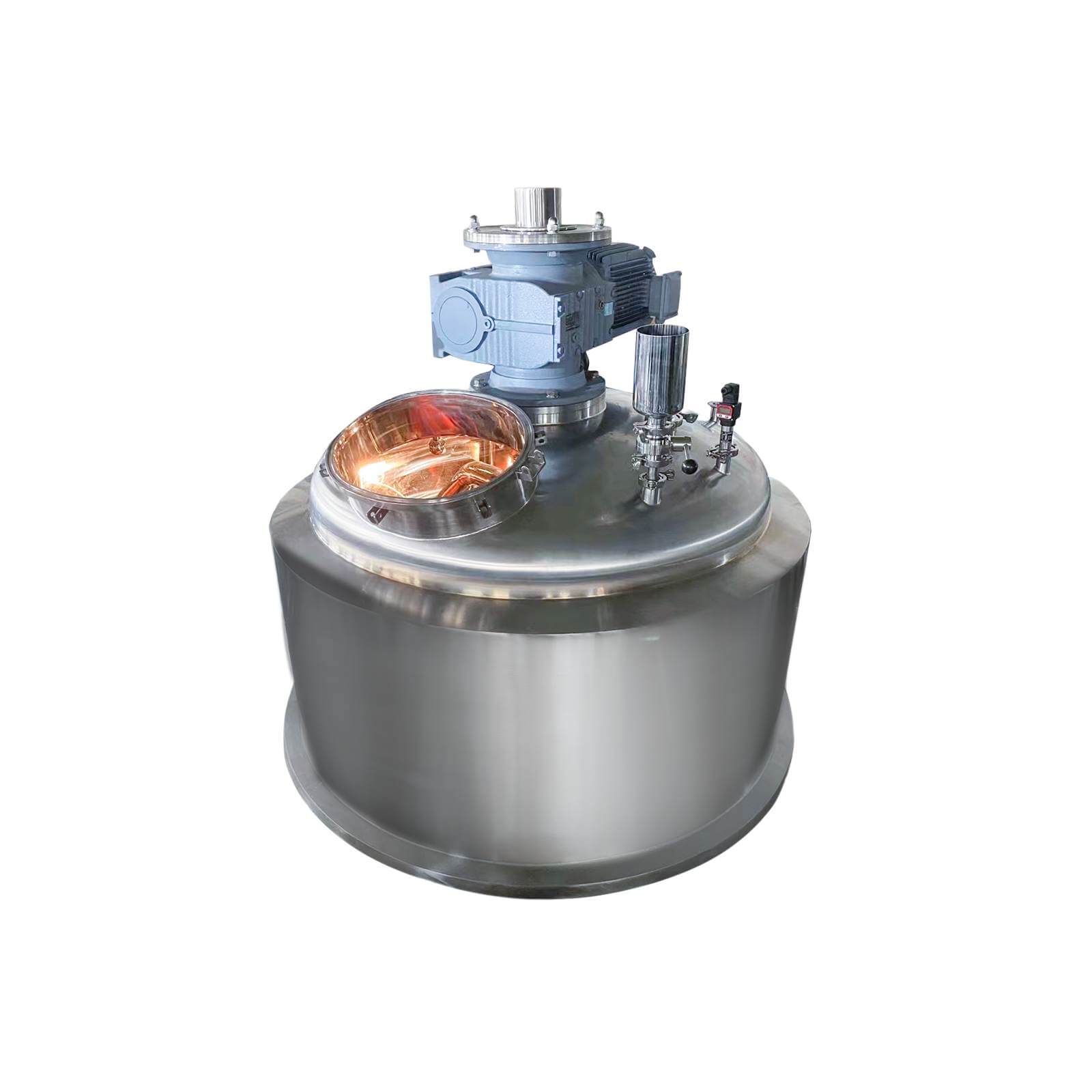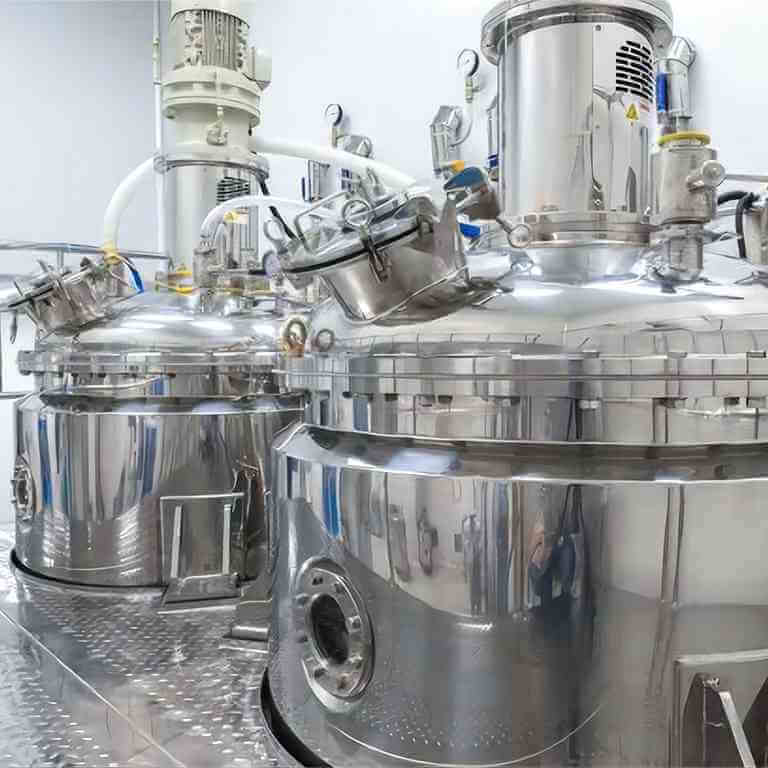

High Pressure Reactor
High-pressure reactor: used in chemical synthesis, catalytic reaction, and other fields
Material
glass, stainless steel (316, 304), carbon steel, others
Capacity (L)
10-10000+
Mixing system
anchor, paddle, frame and others
Heating system
electric heating, oil heating and others
The High-pressure reactor is mainly made of the kettle cover, the kettle body, the strong magnetic coupling stirrer, the high temperature, and high-pressure needle valve, the lower stirring part, the inner cooling coil, the temperature measuring part, the liquid lower pipe, etc.
Request a quote
Features of electric heating reactor
1. Working under low pressure, the pressure level of the peripheral heating equipment is reduced, and the high temperature can reach 300-350, which improves the safety of the system.
2. The heating is uniform and the temperature control precision is high, within 1, the process requirements can be hidden to the greatest extent.
3. High thermal efficiency and low heat loss. The heat transfer oil heater adopts a closed-circuit circulation mode, with low heat loss, thermal efficiency above 90%, short pipeline, and small heat loss, which reduces a lot of energy waste. High economic benefits.
4. The carrier of the heat transfer oil heater is heated by electric heating, so the system has high sealing performance, no leakage, is non-toxic, smokeless, odorless, and pollution-free, and it is heated in a closed circulation system, which greatly improves the working conditions.
5. The heat transfer oil electric heater has a simple structure and is easy to install, and the heating equipment can be installed nearby. Equipment investment costs are low.
The heating principle of the electric heating reactor: the kettle body of the device is a single layer, which avoids deterioration and deterioration in the intermediate stage. When working, the power is first turned on, the heating wire is directly fixed on the kettle body by welding, the heating rod is in direct contact with the inner cylinder, and the heat generated by the heating wire is directly transferred to the inner cylinder to complete the heating of the material.
The heating principle of the suction cup type electric heating reactor: the kettle body has two layers. That is to say, the main body of the kettle is composed of two layers, an inner cylinder body, and an outer cylinder body, and a cavity is formed in the center of the two layers of cylinder bodies. Insert a heating rod into this chamber and inject thermal oil. Then use the heat of the heat transfer oil to increase the temperature of the inner cylinder, turn on the power supply during work, and use the heat generated by the heating rod to increase the temperature of the heat transfer oil to complete the heating effect of the material in the kettle.

How to use an electric heating reactor
Before opening and closing each electrical device, the user needs to ensure that the valve is open and closed, which is a very important thing. The electric heating reactor kettle needs to meet a certain pressure when it is working. Before feeding, the user needs to keep it under normal pressure, and when discharging, it should be released to normal pressure. The gear or turbo pump body of the electric heating reactor should be connected to the motor to bring in the material inside and outside the shaft, and the user only needs to control the electrical button switch.
When the electric heating reactor is used, it needs to be placed in a designated place, and the designated operation should be carried out according to the operation instructions. The user needs to find out the test pressure, working pressure, and maximum working temperature engraved on the main container, and use it under the permitted conditions.
The electric heating reactor is a piece of precision equipment, and the sealing ring adopts the form of conical contact sealing. The purpose of sealing is achieved by tightening the main bolts so that they are pressed against each other. However, special care must be taken with the sealing cone to avoid damage caused by various collisions. When installing the lid, we need to place the kettle body of the chemical reaction kettle first, and then carefully install the kettle lid on the kettle body according to the fixed position. When tightening the main bolt, it must be tightened diagonally and symmetrically several times, and the force should be uniform to prevent irreversible consequences.
The lid of the electric heating reactor is not allowed to tilt to one side to achieve a good sealing effect, and should not exceed the specified tightening torque to prevent the sealing surface from being squeezed or accelerated wear. The pressure used by the pressure gauge should be within 1/2 of the indicated pressure, and the pressure gauge is often compared with the standard pressure gauge and corrected.
The oxygen pressure gauge should avoid mixing with other gas pressure gauges, and the safety devices in the chemical reactor should be equipped with instruments that have been regularly inspected to meet the specified requirements. When operating, the user must pay attention to inserting the thermometer into the reaction solution accurately, and keep the interior of the autoclave and the gasket parts clean. When covering the disc flange cover, tighten the diagonal bolts in pairs. When the instrument used for the measurement is damaged, in most cases its glass surface will crack on the front and back. Therefore, do not stand in these dangerous places while operating. When danger is expected, it is necessary to stop work, safely clean the reactive material, then remove the glass and replace it with a new one.




